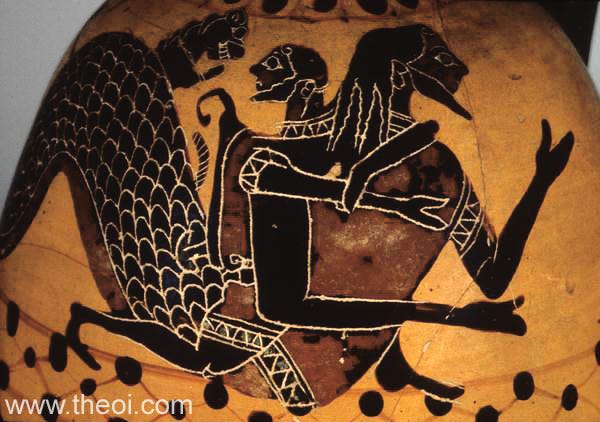The Life of Nimrod - II
The Babel Project - His First Kingdom
The ancient chroniclers believed that Nimrod and his father, Cush, built the Tower of Babel. Scripture implies as much.
Cush begot Nimrod; he began to be a mighty one on the earth. He was a mighty hunter before the Lord; therefore it is said, “Like Nimrod the mighty hunter before the Lord.” And the beginning of his kingdom was Babel, Erech, Accad, and Calneh, in the land of Shinar.
In the text of Genesis, “a mighty one” is a warrior or tyrant who imposes his will upon others by violence. God had commanded Noah to divide the world among his offspring and send them out to colonize their allotments.
Cush and Nimrod had a different plan. They desired to revive the civilization's lost technological abilities from before the Flood. To do that, they required division of labor, which is to say, many people. Therefore, the primary impetus at Babel was to build a centralized society that ruled the entire Earth.
And they said, “Come, let us build ourselves a city, and a tower whose top is in the heavens; let us make a name for ourselves, lest we be scattered abroad over the face of the whole earth.”
Two such different philosophies must have resulted in factions. Therefore, Nimrod’s first use of the threat of violence was probably used to suppress dissent against Cush’s plan.
Nimrod Saw Himself as the Spiritual Heir of Cain
God had cursed Cain, but also gave him a mark of protection. Scripture recounts Cain’s behavior after he murdered Abel.
Then Cain went out from the presence of the Lord and dwelt in the land of Nod on the east of Eden. And Cain knew his wife, and she conceived and bore Enoch. And he built a city, and called the name of the city after the name of his son—Enoch.
Genesis 10 relates that Nimrod also went east building cities, one of which was named Erech, which appears to be a variant of Enoch, the name of Cain’s city.
And the beginning of his kingdom was Babel, Erech, Accad, and Calneh, in the land of Shinar.
Robert Bowie Johnson makes the case in The Parthenon Code that the Greek depiction of Heracles wrestling with Nereus was a memory of Nimrod trying to force Noah to tell him the secret of the Garden of the Hesperides. Accoding to Johnson, Nimrod was trying to learn from Noah the secrets of the Old Way of Cain.
Johnson argues that the Greek name, Heracles, meant “the glory of Erech.”
According to Johnson’s views, the “twelve labors of Heracles” were symbolic of Nimrod’s efforts to overthrow the rule of Noah, Shem, Ham, and Japheth, who were called the Titan’s in Greek mythology.
Viewing the mountain Karaca Dag as the probable landing site of Noah’s Ark and the location of the altar where Yahweh was worshipped, the Babel story unfolded about 35 miles to the East on the floodplain of the upper Tigris River valley. There the mounds of Nimrod’s first four cities still remain. The names of two of them were preserved until the Neo-Assyrian Empire period.





I'm still affectionately partial to the Karaca Dag theory. :)
I am curious how your views of Nimrod differ from those offered by Douglas Petrovich in "Nimrod the Empire Builder: Architect of Shock and Awe", 2023.